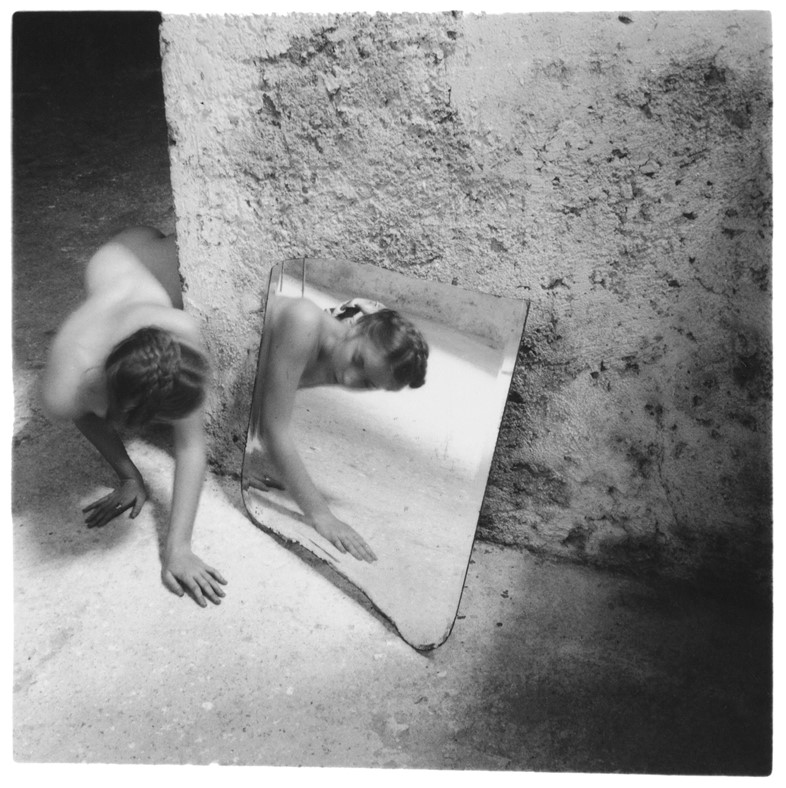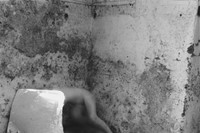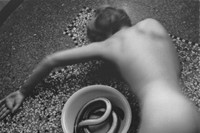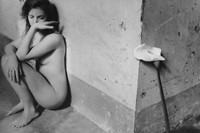A new Venice exhibition explores the works the artist made in Italy over the course of her too-short life
The short life of photographer Francesca Woodman has been picked over obsessively in the 37 years since she died. It is inevitable that her suicide at 22 years old colours responses to her work, but it is unusual how much it has come to define her as an artist.
“It’s a basic fallacy that her death is what she was all about,” her mother Betty Woodman said in 2014. “Her life wasn’t a series of miseries. People read that into the photographs. They psychoanalyse them.”
Of course, there are some grounds for this interpretation. Woodman’s images, the majority of them self-portraits or of models who closely resemble the artist, use long shutter exposures and silvery monochrome to intensely dramatic effect. Naked women fade into puffs of smoke, transform into tree roots, blend into walls, evaporate under bright sunlight. A quest for erasure can be read into every frame, but does this recalibration via hindsight give a balanced insight into Woodman’s world?
A new show at Victoria Miro Venice strives to expand perceptions of Woodman’s artistic interests with an exhibition of her Italian Works. Francesca was fluent in Italian, having gone to school near Florence for second grade and spent summers at her family’s holiday home in Antella, Tuscany. It was in Italy that George Woodman first gave his daughter a camera. Between 1977-8, she spent a year in Rome studying at the Rhode Island School of Design’s European Honours programme. The images collected here, mostly taken from her year of study, show an art student blending her own preoccupations with inspiration from her new city and surroundings.
The history and ideas of Italian art that filled the RISD syllabus soon began to permeate Woodman’s pictures. By studying master artists such as Giotto, she worked on mastering the arts of composition and perspective. The exploration of classical sculpture translated into the carytids who would populate later images. She spent hours in the Maldoror bookstore in Via di Parione, which specialised in avant-garde, Surrealist and fantastical literature, and where she later held her first solo exhibition. She made friends with Italian artists who introduced her to the Pastifico Cerere, an abandoned pasta factory in San Lorenzo within which cavernous, dilapidated space she was able to explore the boundaries of her imagination.
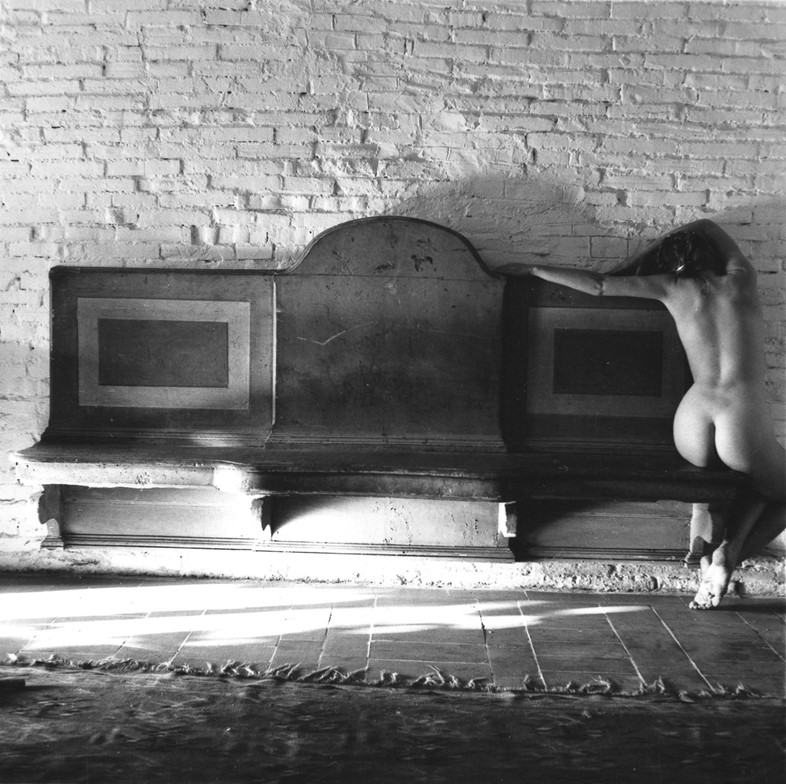
Many celebrated images came from this time, including the Angel series, where Woodman leaps joyfully towards two wings hanging from the ceiling of the Cerere, and the Surrealist-inspired Eel series, disjointed nudes paired with bowls of eels. The privacy, light, space and peeling walls of the pasta factory also allowed her to experiment further with her confrontational nudes, the hazy figures blending into furniture, her disappearing forms, elements that have since become synonymous with Woodman’s style, and in some cases interpreted as dark omens foreshadowing her tragic end.
Ultimately it is impossible to separate Woodman’s end from her life and her work. But this show gives a refreshing perspective, taking her away from that New York high rise window and the depression that engulfed her in 1981 and fixing her in a moment when her pictures carry no dark portent, when she was simply a student artist inspired by a city, a culture and a history, being fed by new ideas and free to try them all out.
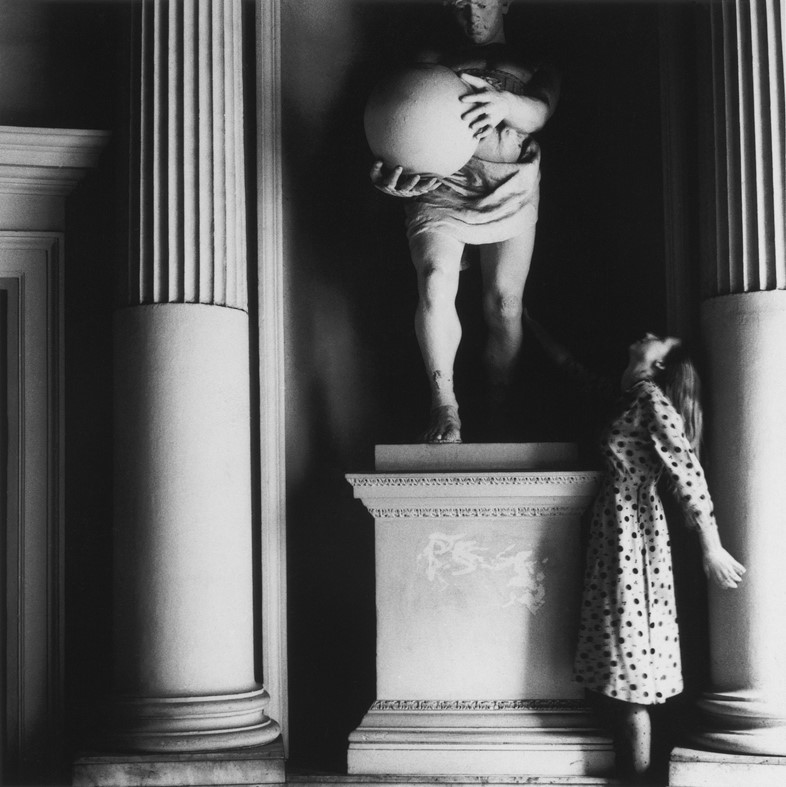
Francesca Woodman: Italian Works runs until December 15, 2018, at Victoria Miro, Venice.
